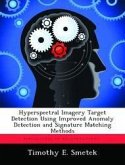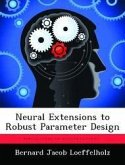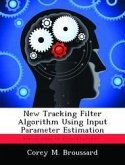Detecting and identifying objects of interest is the goal of all remote sensing. New advances, specifically in hyperspectral imaging technology have provided the analyst with immense amounts of data requiring evaluation. Several filtering techniques or anomaly detection algorithms have been proposed. However, most new algorithms are insuciently verified to be robust to the broad range of hyperspectral data being made available. One such algorithm, AutoGAD, is tested here via two separate robust parameter design techniques to determine optimal parameters for consistent performance on a range of data with large attribute variances. Additionally, the results of the two techniques are compared for overall e ectiveness. The results of the test as well as optimal parameters for AutoGAD are presented and future research e orts proposed.








